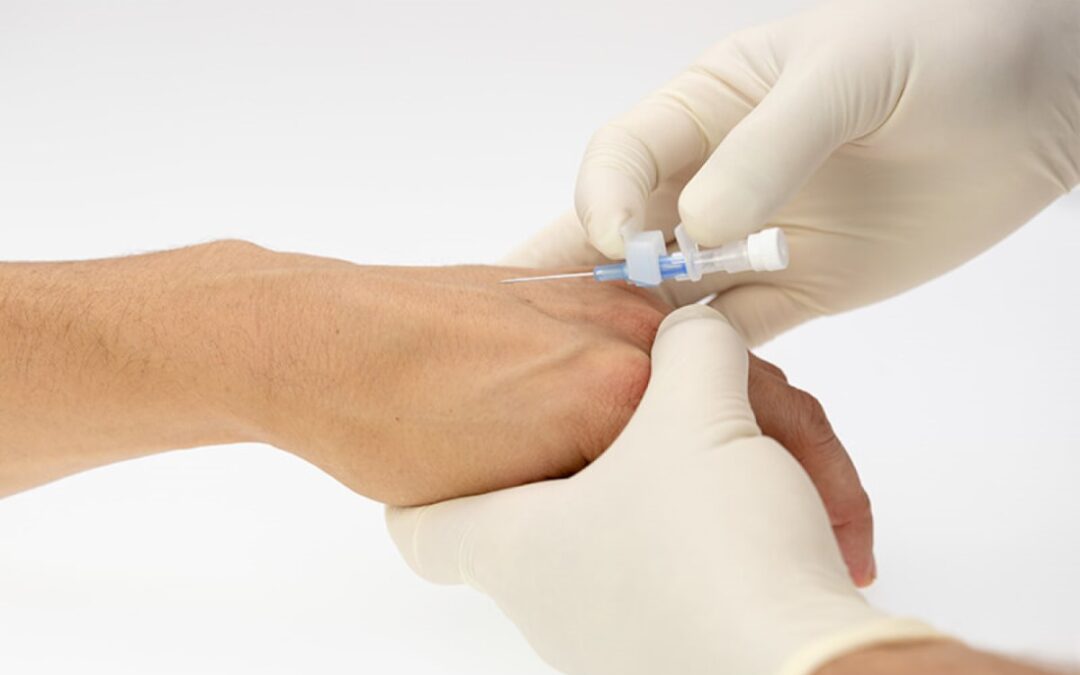Background: Intravenous prostacyclin (PGI2) is the most effective treatment for severe pulmonary arterial hypertension (PAH). We had previously reported that rapid uptitration of PGI2 significantly decreased mean pulmonary artery pressure (mPAP) and improved long-term survival of the patients. As a next step, we have been aiming for hemodynamic remission of severe PAH patients by dual or triple combination therapy including intravenous PGI2 with more rapid uptitration.
Methods and results: Thirty-five consecutive patients with severe PAH who initiated intravenous PGI2 were analyzed retrospectively. The rapid uptitrate group was defined as those receiving PGI2 >20 ng/kg/min within 1 month and >40 ng/kg/min within 3 months after the initiation. Hemodynamic remission was defined as mPAP ≤ 20 mmHg and PVR < 3 Wood units. At 1-year follow-up, the hemodynamic remission was achieved in 10 of 19 cases in the rapid up-titrate group, but none of 16 cases in the control group (53 vs. 0%, P < 0.001). In the rapid up-titrate group, patients who commenced PGI2 within 1 month after oral medications had a higher remission rate with a lower dose of PGI2 at 1 year compared with the others (hemodynamic remission rate 67 vs. 29%, average PGI2 dose 55.3 ± 15.8 vs. 72.5 ± 17.0 ng/kg/min, P = 0.019).
Conclusions: In PAH patients, upfront combination use of intravenous PGI2 with rapid uptitration resulted in a high probability of achieving hemodynamic remission with a smaller dose of PGI2 and would be expected to improve long-term outcome.
KEY CONTRIBUTORS
Takeshi Suetomi, Hiroto Shimokawahara, Yoichi Sugiyama, Ayane Miyagi, Aiko Ogawa, Mari Nishizaki, Hiromi Matsubara, National Hospital Organization Okayama Medical Center, Okayama, Japan


